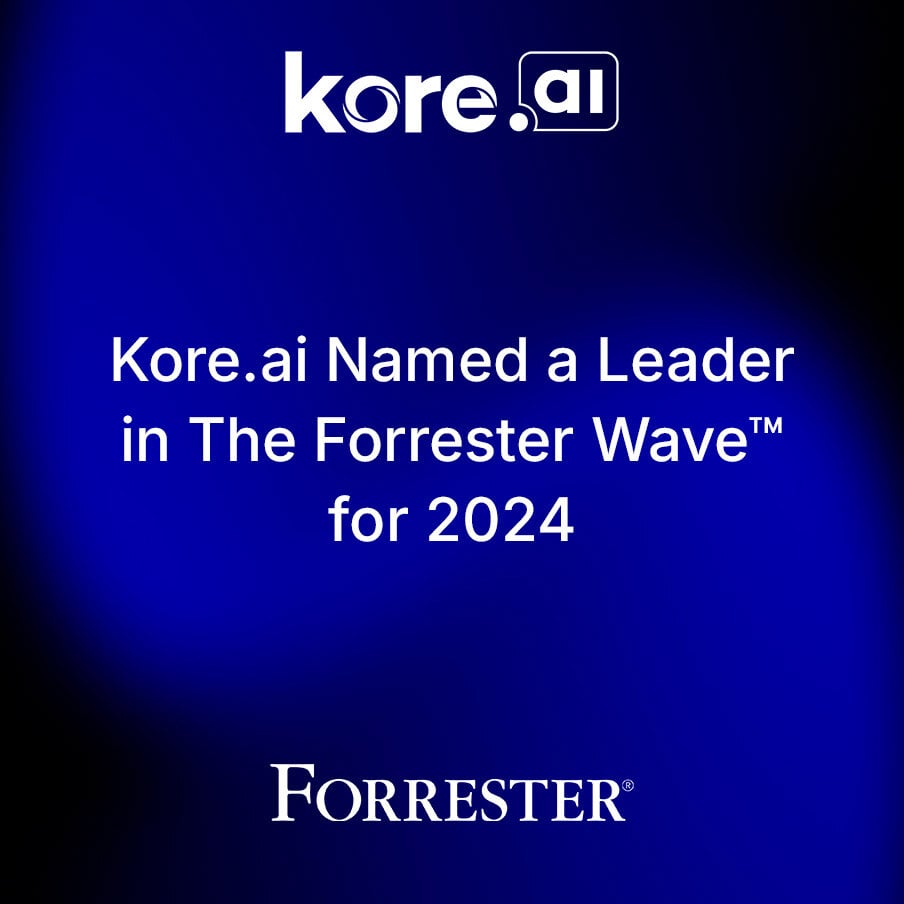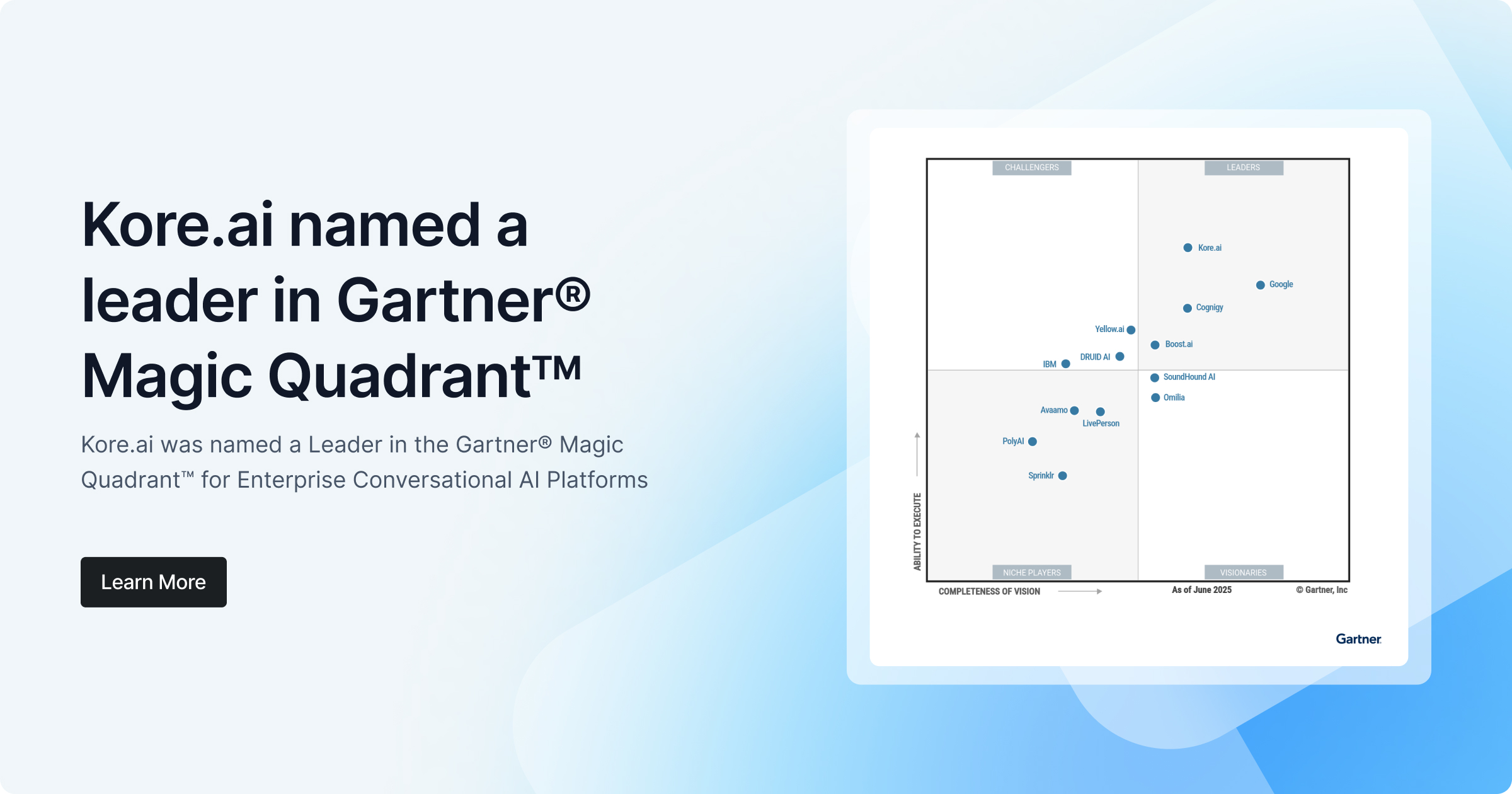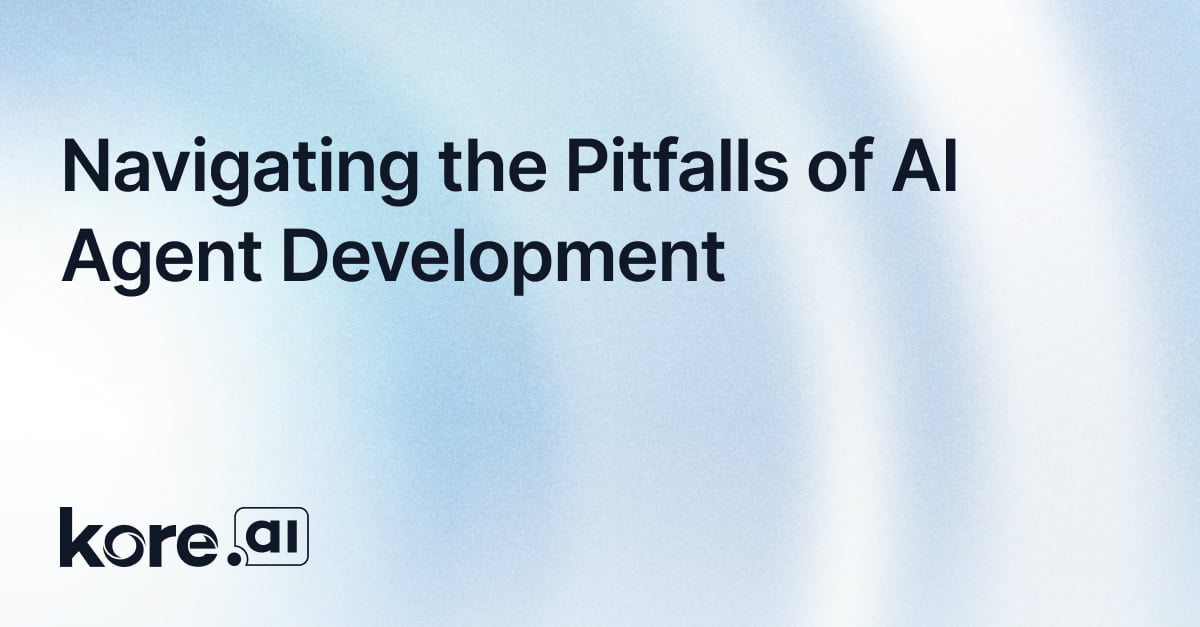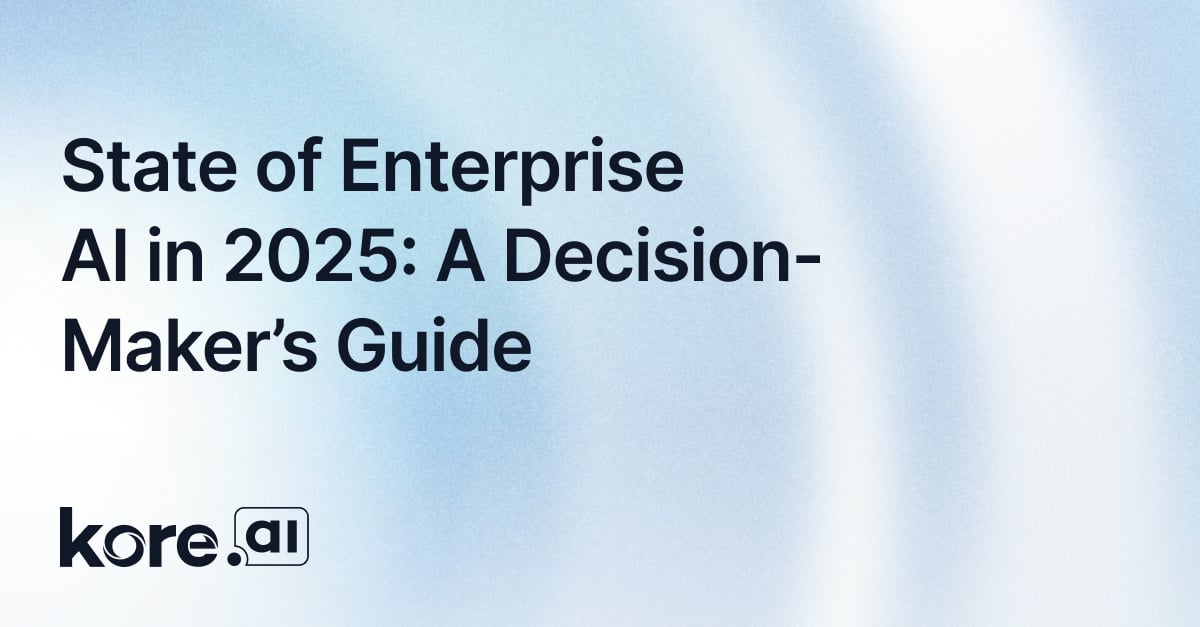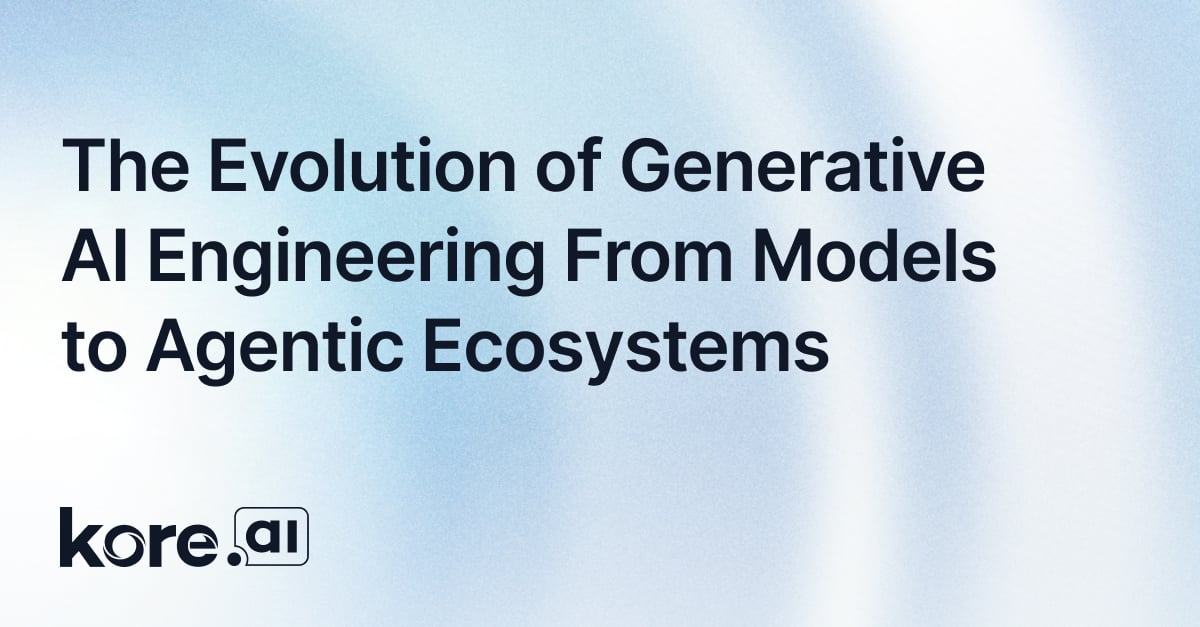A New Era for AI Integration
The Model Context Protocol (MCP), an open-source innovation from Anthropic, is rapidly gaining traction as a game-changer in AI Agent integration.
Unlike traditional APIs that rely on rigid connections, MCP introduces a flexible, standardized framework that brings rich context to AI conversations. What Retrieval-Augmented Generation (RAG) did for context, MCP is doing for integration.

The image illustrates the process of how a Large Language Model (LLM) application interacts with a Model Context Protocol (MCP) server to handle a user query.
The diagram is divided into two main sections: the "Language Model application (SDK with MCP Client)" on the left and the "MCP Server" on the right, connected by a series of steps outlined in red circles and annotated with numbers 1 through 6.
- User Query: The process begins with a user submitting a query, represented by an arrow pointing from the user to the Language Model.
- Intent Recognition / Classification: The LLM, equipped with an SDK containing an MCP client, analyzes the query to recognize the user’s intent or classify it.
- Orchestrator Chooses MCP Server: Based on the recognized intent, the LLM’s orchestrator selects the appropriate MCP server to handle the request.
- LLM Translates Intent into Command Schema: The LLM translates the user’s intent into a command schema that aligns with the expectations of the target MCP server.
- MCP Server Executes and Responds: The selected MCP server is invoked with the command, executes the necessary logic, and returns a response back to the LLM.
- LLM Generates Natural-Language Response: Finally, the LLM generates a natural-language response based on the MCP server’s output, which is then delivered to the user.
The flowchart highlights a collaborative workflow where the LLM acts as an intermediary, interpreting user input and coordinating with the MCP server to fetch or process data. The use of an SDK with an MCP client suggests a programmatic interface that facilitates this interaction. This process ensures that the response is contextually relevant and leverages external resources dynamically, adapting to the user’s needs in real time.
The diagram’s simplicity, with dashed lines indicating data flow and clear step-by-step annotations, makes it an effective visual aid for understanding how LLMs and MCP servers work together to enhance AI-driven interactions.
Major players like HuggingFace and OpenAI have already embraced MCP, signaling its potential to become a universal standard for delivering dynamic, context-aware responses to user queries.
At its core, MCP enables AI Agents to access external tools and data sources in real time, breaking free from the limitations of static knowledge bases.

This protocol acts as a secure bridge, allowing AI Agents to interact with specialized models, user-created applications, or live data feeds.
For developers, MCP simplifies the complexity of building custom integrations by offering a unified interface that adapts to diverse platforms. Its growing adoption reflects a shift toward more resilient, scalable AI ecosystems.
A key feature of MCP is its ability to support natural language interactions.
By interpreting user intent and dynamically selecting relevant resources, MCP ensures responses are not only accurate but also contextually relevant. For instance, an AI Agent could pull real-time fitness data from Strava or generate a report in Google Docs, all triggered by a single user query.
This flexibility makes MCP a cornerstone for next-generation AI applications.
As MCP evolves, its marketplace is expanding, with OpenAI leading the charge in creating and discovering MCP servers. Much like the early days of website discovery before search engines, standardized methods for finding MCP servers are emerging, promising a future where AI agents seamlessly navigate a vast network of tools and data.
Kore.ai, a leader in conversational AI, currently leverages MCP to enhance its platform’s ability to deliver context-rich, real-time interactions.

By integrating MCP, Kore.ai’s AI Agent build framework can dynamically connect to external systems, such as CRM or fitness platforms, ensuring more personalized and actionable responses. This aligns with Kore.ai’s mission to empower businesses with scalable, intelligent automation that adapts to complex user needs.
